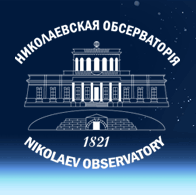|
2011-05-30 12:15:18
Each year from the 7th to the 17th of December, the Earth passes through a meteor swarm allowing us to be witness to one of the most abundant meteor showers - the Geminids. They were first noted in 1862. This year, the largest meteor shower fell on December 14, around 2 am, nearly on the first quarter moon (13 December). During the shower’s peak time around 2 am, the moon had already set, allowing it (the meteor shower) to be seen in all its glory.
The best time for the peak to occur for stargazers was on 14 December, after the Moon sets but before twilight begins. (13 December). In our city with minimum illumination the number of Geminids may be near 30 per hour, or one meteor every two minutes, outside the city — the number of Geminids, nearly 70 per hour , or a meteor about every minute! The meteors in this shower appear to come from a radiant in the constellation Gemini (hence the shower's name), the Latin name being "Gemini". In 1983 the asteroid Phaethon was discovered allowing scientists to link the orbit of this asteroid and the meteor stream, now called a parent body of the Geminids. The average rates may be near 35 kilometers per second. |

Íàóêîâî-äîñë³äíèé ³íñòèòóò
Ìèêîëà¿âñüêà àñòðîíîì³÷íà îáñåðâàòîð³ÿ
̳í³ñòåðñòâî îñâ³òè ³ íàóêè
Ìèêîëà¿âñüêà àñòðîíîì³÷íà îáñåðâàòîð³ÿ
̳í³ñòåðñòâî îñâ³òè ³ íàóêè

 |
 |
 |